Takagi Tankless Water Heater Problems [Ultimate Guide]
Here are some common problems of your Takagi Tankless Water Heater you may or will encounter over time:
- Water is not hot enough
- Water is too hot
- Temperature fluctuates when a fixture is opened
- Unit won’t ignite when the water goes through it
- Takes too much time to get hot water at the fixtures
- Fan motor is still spinning after operation has stopped
- Abnormal sound coming out of the unit
- Loss of pressure at all sinks during commercial dishwasher fills
- Unit doesn’t turn on though it has power, gas, and water
Throughout this troubleshooting guide, I will not only mention those common issues but also break down their equivalent solutions.
So, keep scrolling.
Table of Contents
- Takagi Tankless Water Heater Problems & Troubleshooting
- 1. Insufficient Hot Water
- 2. Water Is Too Hot
- 3. Temperature Fluctuates When A Fixture Is Opened
- 4. Unit Won’t Ignite When The Water Goes Through It
- 5. Take Too Much Time To Get Hot Water At The Fixtures
- 6. Fan Motor Is Still Spinning After Operation Has Stopped
- 7. Abnormal Sound Coming Out Of The Unit
- 8. Loss of Pressure At All Sinks During Commercial Dishwasher Fills
- 9. Unit Doesn’t Turn On Though It has Power, Gas, And Water
- Other External Problems Your Takagi Tankless Water Heater May Go Through
- How Do I Reset My Takagi Tankless Water Heater?
- End-Note
Takagi Tankless Water Heater Problems & Troubleshooting
Like other appliances, your Takagi tankless water heater is not beyond a problem. If you ever experience an issue with the unit, you will find the equivalent solution to that problem here.
1. Insufficient Hot Water
You will get lukewarm or not enough hot water out of your water heater because of the following reasons:
- Set the temperature too low
- Cold water lines and hot water lines get reversed, which is known as cross plumbing.
- Scale buildup on the heat exchanger
- Your tankless unit may not receive enough gas for combustion
- Check valve is not functioning correctly if you have installed one
- Impeded air flow
- Unit pops up 101 error code
How To Fix:
First off, test the water temperature. In this case, use a handheld thermometer and get a reading of the water temperature to see how far the temperature is from the setpoint.
Now, ensure the temperature setpoint is high enough. If you set it too low, just raise the temperature by pressing the push buttons on the PCB. Either way, you can increase or adjust the temperature by the remote temperature controller.
Secondly, check for reverse connection.
Regarding this, shut off the cold water supply at the inlet. Next, turn on the pressure relief valve, which should be installed on the hot side outlet of the unit.
Now, see whether the water continues to run through the pressure relief valve or not. If yes, I bet there is a reverse connection. Just make the connection right according to the manual. Alternatively, you can hire a certified plumber to resolve this issue.
Thirdly, inspect the heat exchanger for scale buildup. The scale on the heat exchanger acts like an insulator, which prevents the exchanger from transferring heat to the water.
It will be better to call a Takagi Service Agent to descale the heat exchanger. However, if you are handy, you can check this tutorial to learn how to descale the unit:
Fourthly, make sure your water heater is getting sufficient gas for proper combustion. The unit gets not enough gas supply if you don’t fully open the gas valve or gas line is improperly sized up.
What I suggest you do is- just check the gas valve and ensure you fully open it up. Next, check the manual and make sure you size up the gas line according to the instructions.
Turns out, your Takagi tankless water heater will not receive enough gas supply if the gas pressure is too low. It actually occurs if the gas regulator is at fault or malfunctioning. So, check the gas regulator and replace it if needed.
A malfunctioning check valve can also prevent the unit from producing enough hot water. Generally, the check valve is installed between the pump discharge and the connection to the cold water supply.
If it’s at fault, the cold water starts to flow backward into the system. Ensure this valve is working properly. If not, replace it with a new one.
Nonetheless, impeded airflow can also affect the output temperature you get out of the water heater. Blockage in the venting and the burner cause the air to not flow through the unit. Consequently, you will get insufficient hot water out of your Takagi water heater.
In case of restricted venting, you should release the blockage from the vent piping to let the air flow through.
When it comes to cleaning the burner, I highly recommend you call a certified service representative as it requires professional skills to clean the burner.
Lastly, ensure the controller doesn’t throw an error code 101. It indicates your water heater is not functioning properly due to abnormal combustion. I recommend you check this article on Takagi Tankless Water Heater Error Code 101 to fix this issue.
2. Water Is Too Hot
Water heater you get out of your tankless unit is a blessing. But too much hot water output is quite the opposite. Even excessive hot water can burn the skin or cause death.
These culprits I blame the most if you get too hot water out of the unit:
- Set the temperature too hot
- The flow adjustment valve gets clogged by debris or hard water scale
- Defective output thermistor
How To Fix:
Check the temperature setpoint and adjust it if needed. You can decrease the temperature by fine tuning the DIP switches on the PCB.
Alternatively, the temperature could also be changed by the remote temperature controller, if you install one.
Next, verify the flow adjustment valve is free of blockage. If there is any obstruction, you will get lower water flow than expected. Ensure you get enough water flow, which you can with a graduated container or the remote temperature controller.
And lastly, inspect the output thermistor by a professional. If it fails, replace it professionally.
3. Temperature Fluctuates When A Fixture Is Opened
Temperature fluctuation will occur especially when a fixture is opened due to the following reasons:
- Improperly installed the water heater
- Problem with recirculation system
- Gas supply lines are sized improperly
- The filter on the cold water inlet is dirty or gets clogged
- Disconnected clear tube
- Flow sensor or water control valve is at fault
How To Fix:
Water temperature you get out of the unit will go up and down if your plumber doesn’t install the water heater correctly.
I highly recommend you check the manual and verify whether your water heater is installed according to the specification or not. If needed, call the Takagi Service Agent for help.
If the installation meets the manual requirements, recirculation pump is my next suspicion. You will observe a notable temperature swing if the recirculation pump goes through the following problems:
- Pump is not functioning correctly
- Recirculation pump gets too hot or it’s chattering
- Wrong size pump
For proper water heater operation, the minimum flow of a recirculation pump should be 2 GPM. If you have the correct size pump, you should replace the pump with a new one if the old one is not functioning properly.
Next, ensure you size up the gas supply line according to the applicable plumbing code for a maximum draw of 165,000 BTU. If you operate the Takagi Tankless Water Heater with natural gas, the gas supply piping should size up according to this chart:

On the other hand, the propane supply piping should be sized up based on the following table:

After that, verify the filter on the cold water inlet is free of any type of blockage or hard water scale. Otherwise, the water temperature will fluctuate.
Also, don’t forget to inspect the clear tube, which you can find between the proportional gas valve and the bottom of the combustion chamber. If it comes loose, attach this tube between those two components.
Finally, check the flow sensor. It will be better if you inspect the sensor professionally and replace it if needed.
4. Unit Won’t Ignite When The Water Goes Through It
You can’t ignite your Takagi water heater when the water goes through the unit because of:
- Excessive water flow rate or when the water flow rate goes above 0.75 GPM
- Air in the gas line
- Dirty cold water inlet filter
- You may not turn on the power button on the remote controller if you use one
- Computer board is not getting any power
How To Fix:
Check the water flow rate with the help of your remote controller. If the water flow rate goes above 0.75 GPM, open up two more fixtures for compensation.
Secondly, purge the gas line. To bleed the air out of the gas line, follow the below steps:
- Turn off the unit.
- Turn the gas valve to the Off position. It should be perpendicular to the gas line.
- Loose the gas line at a flare fitting or union.
- Slightly open the gas valve until you can smell gas by wafting the air towards your nose, which indicates you successfully purge the gas line.
- Re-tighten the gas line.
- Turn the gas valve to the on position and check for leaks. Just spray a little amount of soap solution onto fittings. If no bubbles form up, understand there is no leak.
Thirdly, examine the cold water inlet filter for blockage. If it gets clogged by debris, complete these steps to clean this filter:
- Drain the water heater first.
- Locate the filter within the cold inlet. If there is any blockage, scrub the water filter gently with a tiny brush.
- Rinse the water filter with fresh water and let it dry.
- Reinsert the filter into the cold water inlet and secure it by tightening up with your hands.
Fourthly, ensure you turn on the power button on the remote controller if you use one.
And finally, verify the computer board is getting power. This can be verified by observing the LED on the PCB. If the LED is not lit, the PCB receives no power.
Regarding this, make sure you turn on the On/Off switch below the fuse box. Ensure the fuse in the fuse box doesn’t get blown out.
5. Take Too Much Time To Get Hot Water At The Fixtures
The time it will take to receive hot hot water at your fixtures depends on the length of the piping between the two. If the distance between piping is longer, you will take longer to get hot water at the fixtures.
However:
It’s not a problem in the real world. What you need to do to resolve this issue is to install a recirculation pump.
On the other hand, if you have a recirculation pump installed already, ensure it’s operating trouble-freely. Otherwise, it will interrupt to get hot water in time.
6. Fan Motor Is Still Spinning After Operation Has Stopped
Does the fan motor still spin when you turn off the unit? If this is the problem you face, I assure you that it’s not an issue at all.
In short, it’s normal. The fun motor keeps running from 5 seconds to 50 seconds though the operation has stopped. The fun motor spins because it purges out all the exhaust gas out of the flu.
It also helps to re-ignite the unit. In other words, you don’t need to take any corrective actions as this is normal for a fan motor on a Takagi Water Heater.
7. Abnormal Sound Coming Out Of The Unit
Your Takagi Water Heater will make a chirping noise if the fan gets coated with dust or debris. Cleaning the dirt from the fan will help you in stopping the abnormal sound.
How To Fix:
Go along with the following steps to clean the fan:
- Turn off the unit and remove the front access cover.
- Get a towel and place it at the bottom of the heat exchanger to cover the square port to the fan.
- Use an air compressor to blow away the dirt and debris from the fan wheel and its housing.
If cleaning the fan doesn’t bring any luck, you must call a certified technician to inspect the unit.
8. Loss of Pressure At All Sinks During Commercial Dishwasher Fills
Several things are to blame behind the loss of pressure at all sinks when you start filling commercial dishwashers.
Among them, miss-match of the capacity of the unit versus the GMP demand of the dishwasher is one of the culprits.
Turns out, if the unit gets clogged with hard water scales, it will reduce the pressure and water flow through the unit. Consequently, you will lose pressure at every sink during commercial dishwasher fills.
Just solve these issues to get sufficient pressure at all sinks.
9. Unit Doesn’t Turn On Though It has Power, Gas, And Water
Can’t turn on the unit despite having power, gas, and water? Then, what I suspect most is the wrong water heater plumbing.
In simple words, you may plumb the unit backwards. To verify that, follow the below steps:
- Shut off cold water supply only
- Open a hot water tap that is closed to the unit. Water flow should stop. If not, I bet the issue is cross cold water connection.
- Turn on the pressure relief valve. Again, the flow of water should stop. If not, understand you plumb the unit backwards.
Just fix the backward plumbing issue and you can operate the unit again.
Apart from these, you can’t also turn on your water heater if the cold water filter gets restricted by dust. In this case, cleaning the cold water filter will fix this issue.
Other External Problems Your Takagi Tankless Water Heater May Go Through
The problems that can also occur are:
Improper Venting
Improper venting is the most common water heater issue that happens due to the use of standard B-vent.
If you fail to vent the unit properly, condensation will build inside the flue and trickle down to the heat exchanger. As a result, the heat exchanger gets defective quickly.
Due to improper venting, exhaust gas can also leak.
How To Fix:
Vent the unit according to the instructions mentioned in the manual. If you have a non-condensing Takagi water heater, you must use a sealed stainless steel vent pipe approved for Category III appliances.
On the other hand, most condensing Takagi Tankless Water Heaters use ABS pipes, Schedule 40 PVC, or Category III stainless steel.
Hard Water Problems
If you live in a very high hard water area, I recommend you install a water softener. It will prevent the unit from getting clogged by scale formation more often.
Never think about the reverse osmosis process. Otherwise, it will end up damaging the heat exchanger.
It will be best to flush the unit annually or every six months if you live in a hard water area, which will prolong the water heater life.
Environmental Issues
You must install the water heater in clean areas free from dirt, dust, and chemicals. Ensure the unit gets sufficient space to get combustion air. If the place where you will install the water heater has lint or debris, you must consider a direct vent model.
How Do I Reset My Takagi Tankless Water Heater?
Resetting your Takagi tankless water heater is not rocket science. Follow the step-by-step guide I described below to reset the unit:
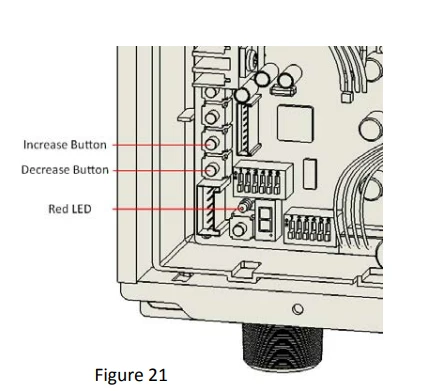
- Ensure no water is flowing through the unit.
- If you use a temperature remote controller, turn the power off to the remote.
- Turn the power off to the unit and turn on again.
- Remove the front access cover from the unit.
- Locate the INC and DEC buttons on the computer board.
- Now, press and hold down those two buttons simultaneously until the red LED lights up solid.
- Turn off the unit and turn on it again, which will successfully reset your Takagi Tankless Water Heater.
End-Note
Throughout this Takagi Tankless Water Heater Troubleshooting guide, I mentioned all the problems you will face with the water heater.
Fortunately, I also mentioned how you can resolve a specific water heater issue. So, it will be worth bookmarking this guide on your browser so that you can get it whenever you need.
It will help you save both money and time while ensuring you get hot water by fixing a common water heater issue.
If you still have any questions about your Takagi Tankless Water Heater, feel free to leave a comment below. I feel more happy to help.

Eric Alvarez is the head of content on LilDutchUncle.Com. He is an HVAC guy based in El Paso, Texas, United States. He obtained his Bachelor of Science degree from the University Of Texas at El Paso. Years of experience in the HVAC field have taught him many lessons, not the least of which is that the value of quality and knowledge far exceeds any promised initial savings. He has a good standing reputation for superior skills in heating, air conditioning, hot water tanks, and indoor air quality systems.

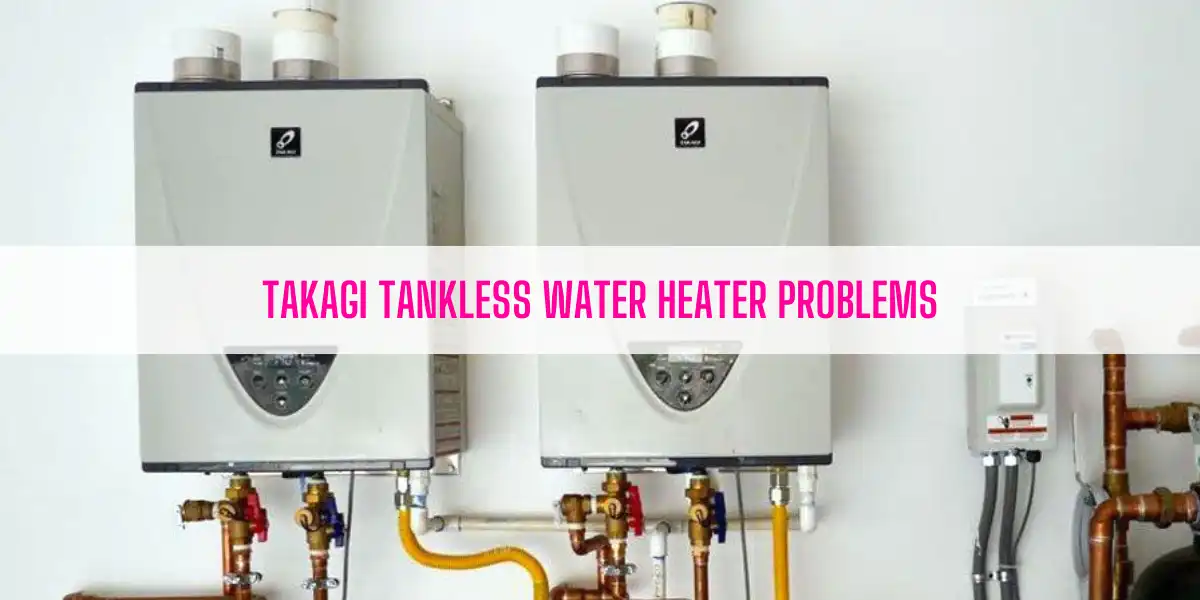
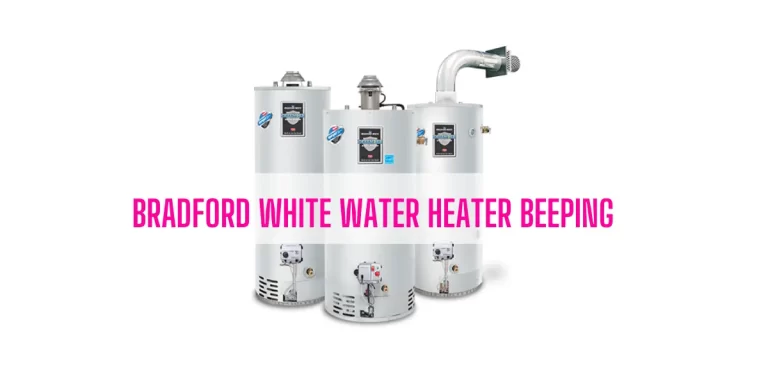
![AO Smith Water Heater No Status Light [Complete Guide]](https://lildutchuncle.com/wp-content/uploads/2022/08/AO-Smith-Water-Heater-No-Status-Light-768x384.webp)
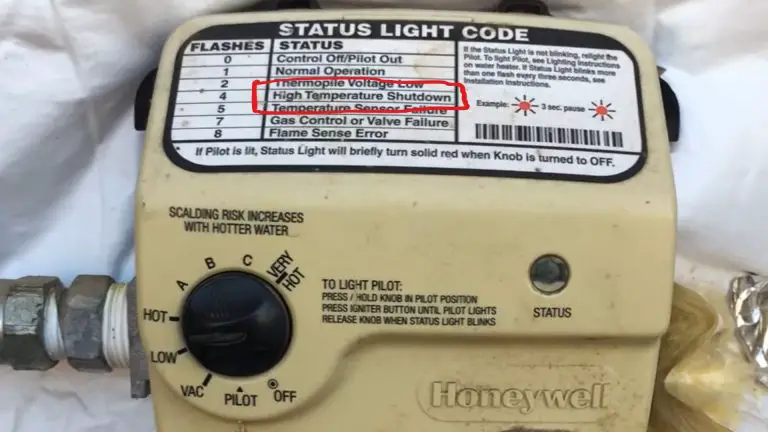
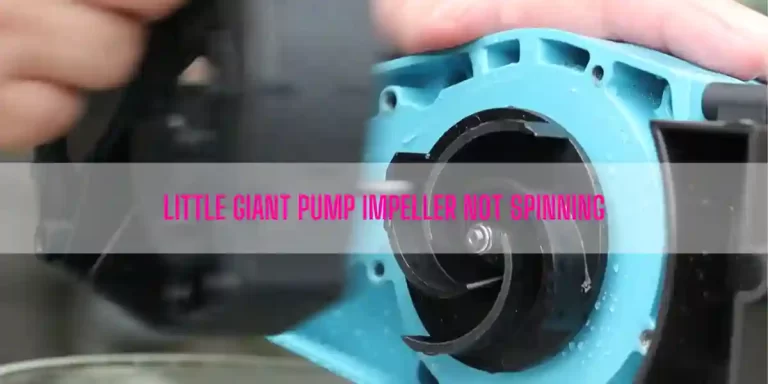
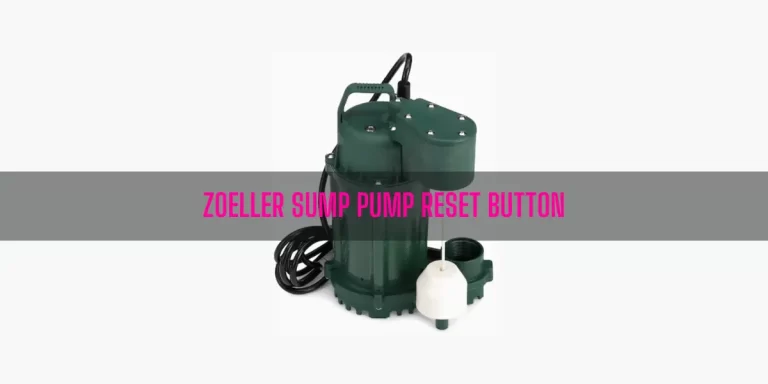
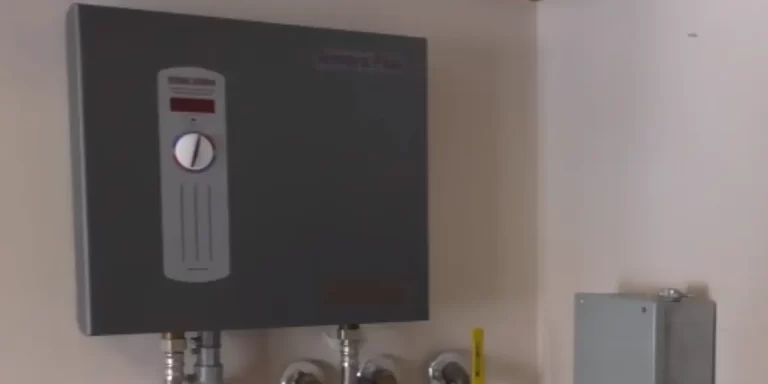

my heater just quit. I tried resetting, red light won’t stay on. I will try to flush it tomorrow. Has water and lp just does nothing. Any ideas appreciated. Thanks Steve
Flush the unit first. Then, let me know if it doesn’t solve your issue.
If you need help in flushing the tankless unit, you can check out this article: https://lildutchuncle.com/takagi-tankless-water-heater-filter-cleaning